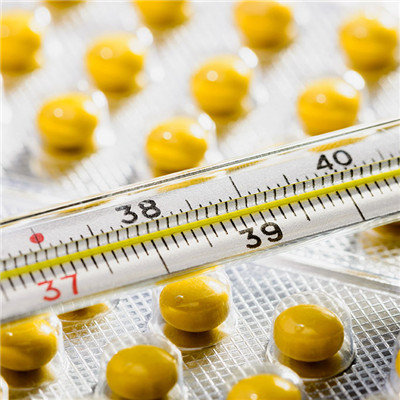What is testicular feminization syndrome?
summary
Testicular feminization was first advocated by Morris. It is used to express a group of patients with male genetic gender, testicular, non Mullerian and wufei duct derived organ development, urogenital sinus differentiation into complete female type, normal breast development and lack of pubic hair in adolescence. Let's share my experience with you.
What is testicular feminization syndrome?
The karyotype of the patient was normal male (46, XY), and the gonad was normal testis. The external genitalia is normal female type, the labia major is poorly developed, the vagina is blind, 2 / 3 of the patients have no uterus and fallopian tube, and the other 1 / 3 only have vestiges.

Epididymis and vas deferens are usually absent, and hypoplastic Wolff's duct derived organs are rare. Testis is located in labia major, inguinal canal or abdominal cavity. Histological examination of testis is normal before puberty. After puberty, seminiferous tubules shrink, spermatogonial cells are rare, spermatogenesis is absent, and Leydig cells show adenomatous hyperplasia. The incidence of testicular cancer is 4% - 9% in adult.

At puberty, the development of female secondary sexual characteristics and breasts are the same as those of normal women. The female posture, pubic hair and axillary hair are rare. About 1 / 3 of the patients have no pubic hair and axillary hair growth at all. The clitoris is small or normal, the labia minora is dysplasia, primary amenorrhea and normal intelligence.

matters needing attention
Children diagnosed before puberty should regularly monitor the development of testis by B-ultrasound. After puberty, the breast is fully developed, the testis should be removed, and then estrogen replacement therapy should be given. If the vagina is too short, the mold expansion can sometimes be enough to expand and extend the vagina. If the mold expansion fails, vaginoplasty is needed.














